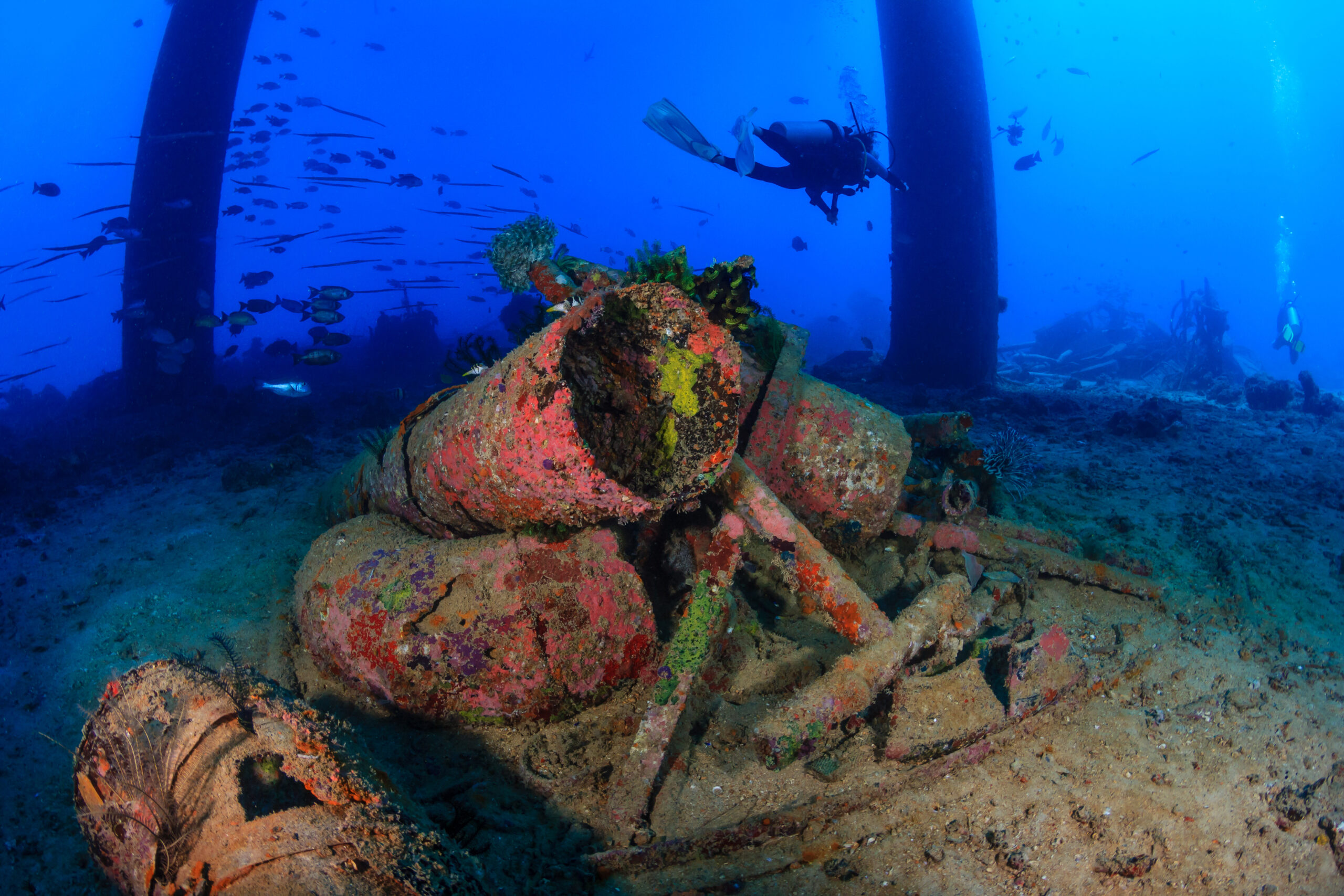NEWS: Ocean Conservancy Analysis Finds Number of Delinquent Offshore Oil Wells Could Double by 2030
New Brief Provides Policy Prescriptions to Address Weak Regulation of Offshore Oil and Gas Decommissioning in the Gulf of Mexico Before Issue Balloons

WASHINGTON – Today, Ocean Conservancy released a new report on the ineffective policies that govern oil and gas decommissioning in U.S. waters. The report, entitled “Protecting the Ocean and Taxpayers by Strengthening Standards for Offshore Oil and Gas Decommissioning,” provides a comprehensive look at the state of offshore oil and gas decommissioning in the Gulf of Mexico, the growing consequences of the failing regulatory system, and policy changes to address them.
“We know that the state of decommissioning in the Gulf is a massive problem – but it’s not just a backlog problem. If we don’t make changes to the system now, those problems are only going to grow in the future,” said Andrew Hartsig, an expert on offshore oil and gas policy and senior director of Arctic Conservation at Ocean Conservancy. “We need to hold offshore oil and gas operators responsible to clean up their messes and to do it on time, otherwise our ocean will suffer while taxpayers foot the bill.”
Decommissioning, or the cleanup and removal of all offshore facilities and equipment when they’ve reached the end of their useful life, is required by law for oil and gas companies that acquire a federal lease on the Outer Continental Shelf (OCS) in U.S. waters. The oil and gas industry has been evading its obligation to decommission properly and promptly for years. A recent scathing report from the Governmental Accountability Office (GAO)—an independent, nonpartisan agency—found that as of June 2023, the federal waters of the Gulf of Mexico contained roughly 2,700 wells and 500 platforms that were overdue for decommissioning and considered delinquent. This idle and deteriorating infrastructure in the ocean is a growing risk to the environment and wildlife, and a growing risk to taxpayers if the government is forced to use tax dollars to cover cleanup costs. Most recently, Hurricane Beryl, a category-4 hurricane that crossed the Gulf of Mexico, triggered an oil spill from an abandoned offshore drilling platform that had not been properly decommissioned. This is a prime example of the dangers of aging infrastructure competing against intensifying weather patterns.
These issues can be attributed to offshore oil and operators taking advantage of a weak and ineffective regulatory system that governs oil and gas decommissioning in the U.S.
In the Gulf of Mexico, a significant portion of active wells are expected to reach the end of their useful life in the coming years. An analysis by Ocean Conservancy found that if the challenges with decommissioning policy are not fixed and the backlog is not addressed, the number of overdue wells in need of decommissioning could nearly double by 2030, ballooning to more than 5,000 wells.
“Experts estimate the cost to decommission all Gulf of Mexico oil and gas infrastructure–including active and idle– could be anywhere from $40 to $70 billion. Meanwhile, the federal system that governs offshore decommissioning is plagued by widespread and substantial shortcomings,” adds Hartsig. “We need to make changes before this already-failing system comes under more strain and leaves taxpayers footing the bill.”
The report includes policy recommendations to strengthen oversight and enforcement, eliminate loopholes and exceptions, improve financial assurance, and increase public transparency on offshore decommissioning.
Find the report and recommendations here.
###
ABOUT OCEAN CONSERVANCY
Ocean Conservancy envisions a healthier ocean, protected by a more just world. Ocean Conservancy is working to protect the ocean from today’s greatest global challenges. Together with our partners, we create evidence-based solutions for a healthy ocean and the wildlife and communities that depend on it. For more information, visit oceanconservancy.org, or follow us on Facebook, X (formerly Twitter) or Instagram.
Media Contact
Elizabeth Greener
elizabethrgreener@gmail.com